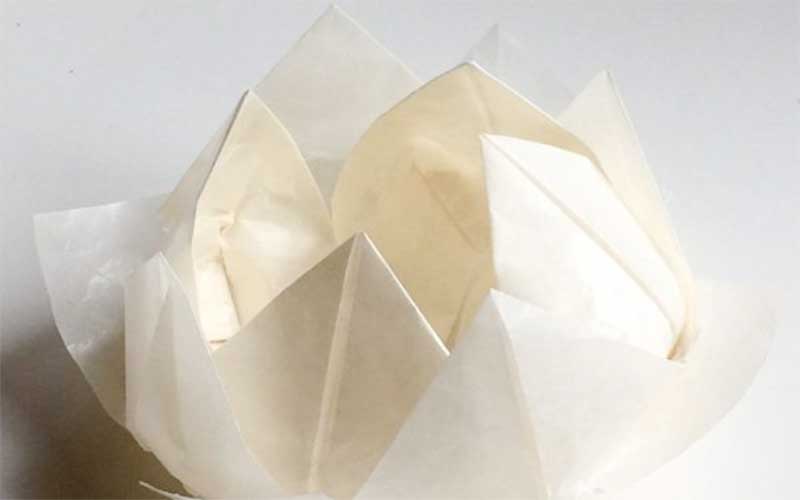
Personal Truth or Fake News? Exploring Satya: Part 1
‘You could write about the Yamas’, said Shayna Ogden, my yoga teacher. ‘Sure’, I said, and after a little research, decided to start with Satya, the second of the yoga Yamas, or restraints. Put simply, it means thinking, feeling and behaving from a place of truth in both your inner and outer worlds.
I sat down to write—picture a film showing clips of a frustrated someone—me—repeating the same thing as they try to get it right. Lengthy efforts at trying to squeeze this vast topic into a single blog article convinced me of this—that I need to bring you along with me on a bigger journey of understanding through a series of articles relating to Satya.
Old wisdom is valuable, but can be limited by context—it belongs to its time, place and circumstances, even if its core contains timeless insights. It needs re-examining and re-interpreting for different times. Sacrificing goats to ensure blessings of various kinds seems uncomfortably naive now, because in an explosion of research and development in recent centuries, we’ve added to our store of knowledge of how the world works. We know better. But in the era of ‘fake news’, does ‘knowing better’ mean we can better recognise, understand and practise truth?
Before the next article in our Satya journey, I want you to think about an ocean fish. It swims where it is, operating—like us—on inherited instincts and conditioned by circumstance and experience. Unlike that fish, we swim in modern media’s unprecedented ocean of words and images, much of it displacing traditional sources of information, advice, and ideas. Its effects on how we think, feel and behave are unprecedented too—we can be anxious and off-kilter when unanchored to reliable ‘truths’. What once seemed like truth now has ever-shifting boundaries, and ‘fake news’ masquerades as truth, even within ourselves.
Modern media releases us from what was once presented to us as truth by family, religious, local and national influences. Now, we can access and choose our own information, social encounters and entertainment, all without needing to be in the presence of another human. But do we really choose it? How do corporations, businesses, governments and news media use behavioural science to manipulate our choices, seduce us? And what are the effects on us of spending so much time in our heads interfacing with technology, and less time with other humans and the natural world? And less time in silence? How can we steady ourselves and decide whether our own thoughts are true, or a kind of personal ‘fake news’ due to incessant exposure to exterior ‘fake news’?
Charting a course through such clutter to find a personal truth isn’t easy, because as human animals who want and need to belong, we’re vulnerable to both external opinions and to internal chatter. Over a series of Satya articles, we’ll look at how to chart that course, we’ll explore the intersection of traditional wisdom and new scientific discoveries concerning our minds, bodies and behaviour, as well as the influence of new technologies on our soft bodies and our brief lives. And we’ll hear from yoga students and teachers about real-life perceptions and practise of Satya.
In the meantime, the first step in dialing down internal chatter to a softer volume is to sink into the evolutionary marvel of your body. Try this. Take time to feel the boundaries of your skin, to sense the strength of your bones and muscles, your body’s capacity for movement, and for stillness. Can you imagine yourself into baby consciousness, when you operated on wordless instinct?
Now go to the mat. Allow your body memory to take over. Find an elemental truth in your very existence.

